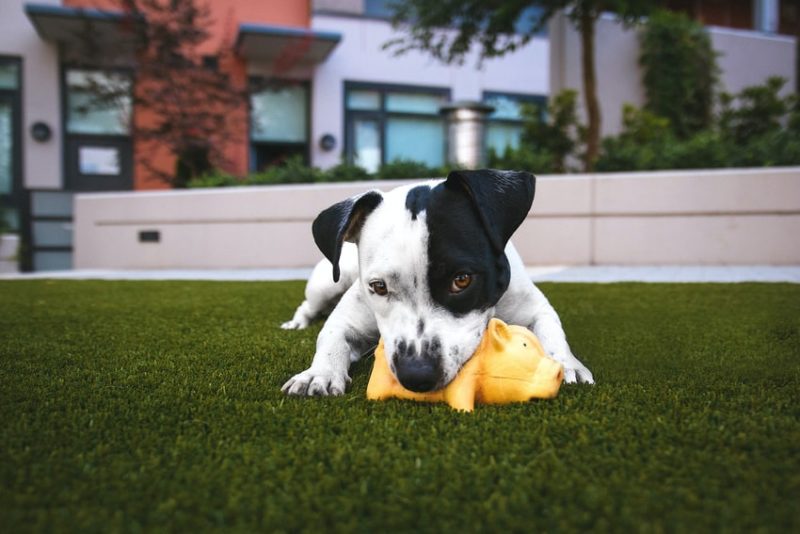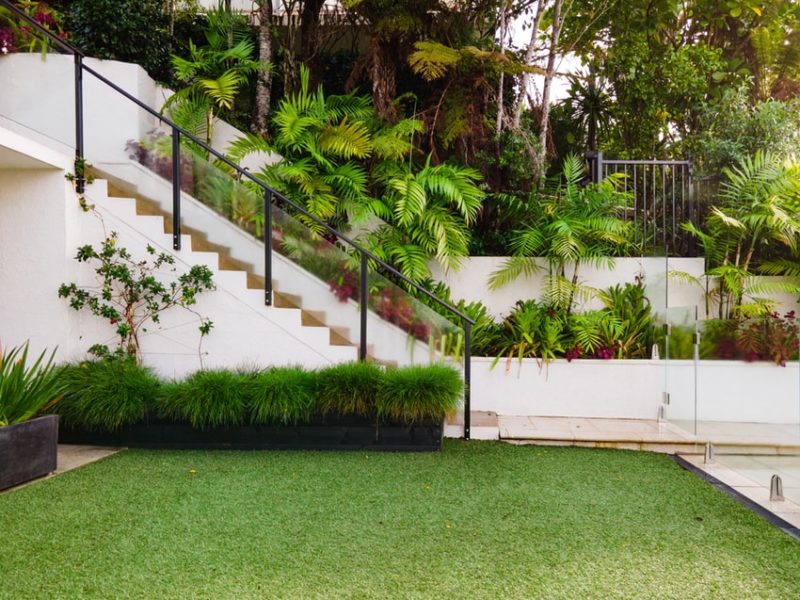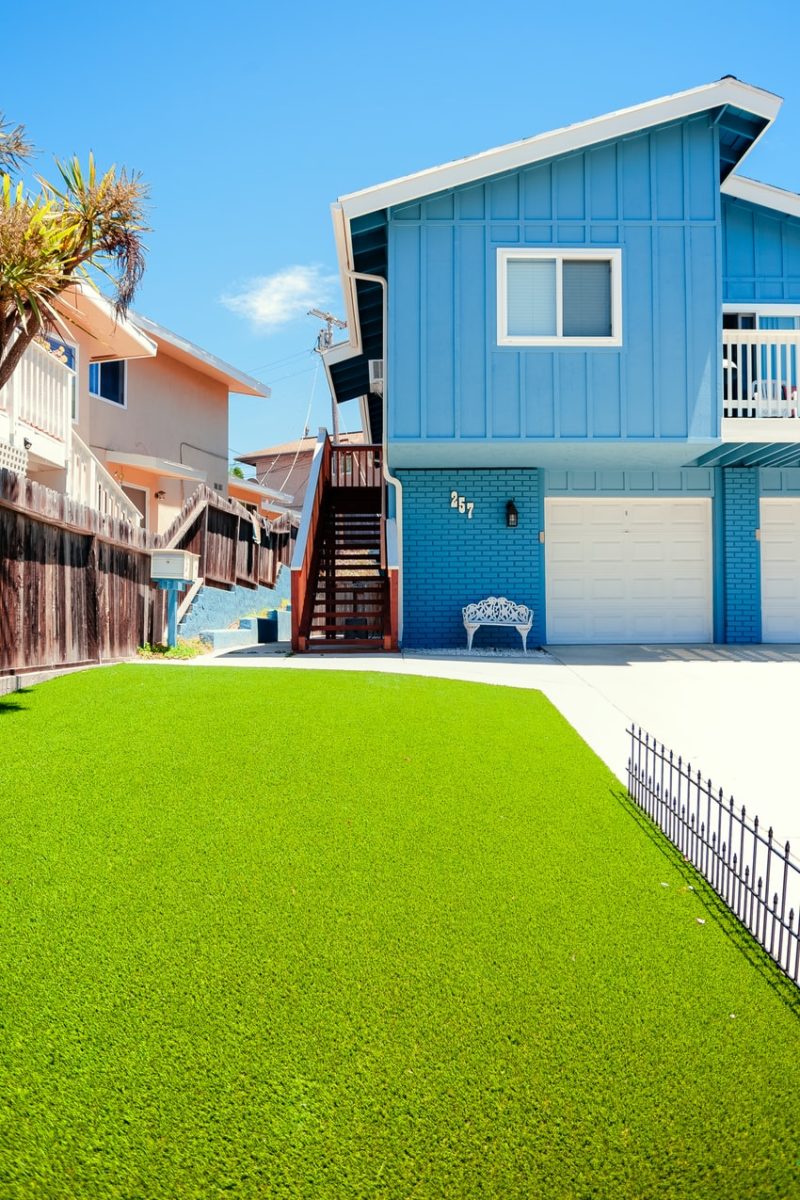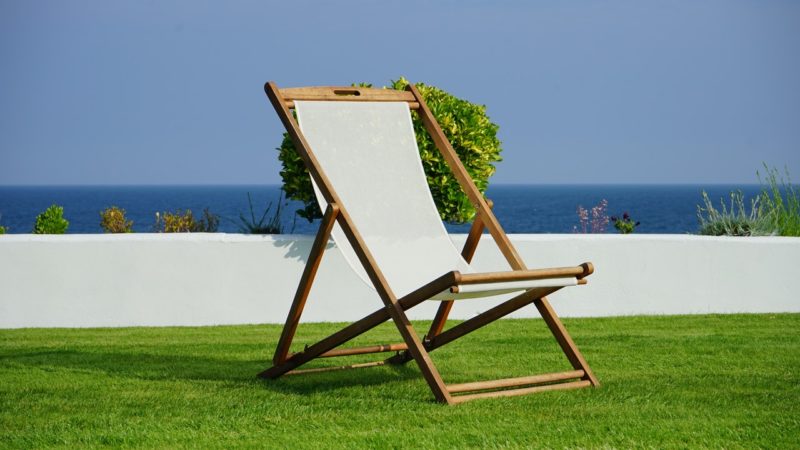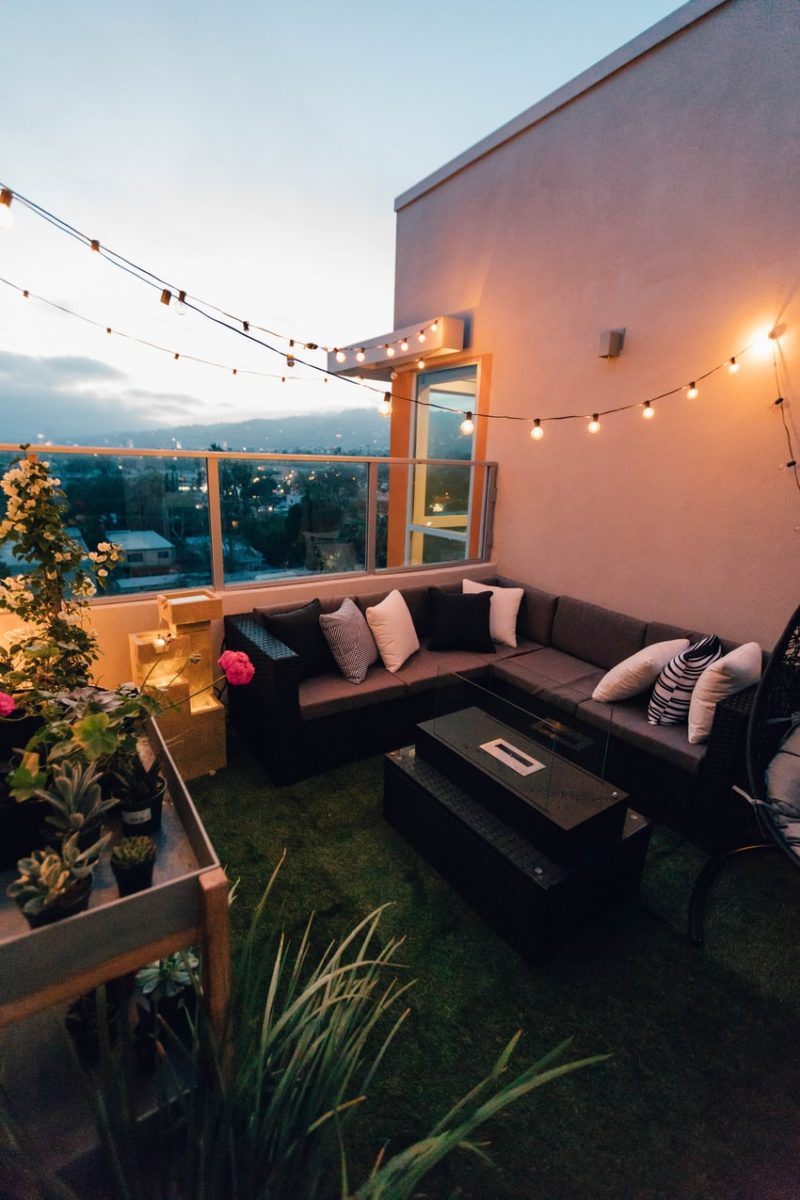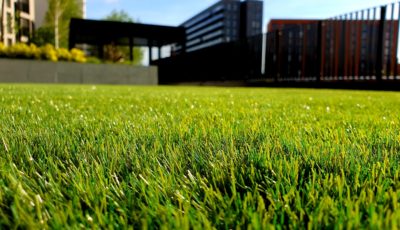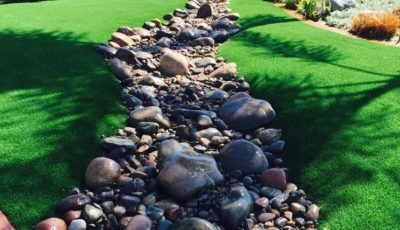Basic Synthetic Lawn Care and Maintenance Tips
Residential turf is low-maintenance and not no-maintenance.
With that said, you still have to perspire a bit to maintain the beauty of your artificial garden to ensure that it will exceed its lifespan. Fortunately, maintenance is easy enough to DIY.
The amount of maintenance will depend on your particular situation. If you have kids, pets, or your home is surrounded by vegetation, you might need to clean more than usual. Lawns in dusty areas need to be watered frequently. Conversely, you don’t have to hose it during rainy months,
Remove Pet Waste from Artificial Grass
Artificial grass provides a beautiful lawn for you and your pet to enjoy. But you can’t stop your furry friend from doing their business when your dog is out there. Fortunately, clearing the waste from the surface is easy.
Direct your hose to the spot where your dog peed. The backing from the artificial grass is absorbent that won’t leave any puddles and will dry quickly.
Clear your dog’s poop with a scooper and a poop bag. It will harden if left for a few days and you have to work a bit harder. Hose the area so it will loosen and be easy to pick.
Wash your dog’s business area with a solution of vinegar and water to get rid of odor and any residue left.
Control Weeds and Debris
The backing in your fake grass is supposed to prevent the growth of anything under the turf, but there’ll be some stubborn weeds that will find their way to the surface. Pulling up weeds will ruin your turf. Apply a water-based weed killer to get rid of these unwanted visitors.
Don’t allow leaves, branches, or other debris to accumulate on the surface of your fake grass. Regular brushing will prevent weed growth and clogging of your drainage.
Prevent Artificial Turf from Melting
Artificial turf was designed to withstand UV rays, but it’s still made of plastic and melts in intense heat. The sun can’t reach the turf’s melting point of 175-200°F, but if it’s reflected from energy efficient windows, it can magnify the sun’s heat to melt the turf. It’s like the heat discharged by a magnifying glass.
You can enjoy the unaltered beauty of your turf with a relatively low-cost solution. Place screens or protective films on the exterior of the window, causing the intense reflection.
Spray Down Your Artificial Lawn with Water Every Once in a While
Although it’s artificial, it doesn’t mean that you don’t have to water your turf, it’s for cleaning and not for nourishment. Hosing the artificial turf occasionally will keep pollen, dust, and dirt at bay.
Rainwater usually handles this step, but it’s always a good idea to do it regularly to avoid any stockpile.
Remove Mild and Stubborn Stains
Stains are bound to happen from spills such as coffee, catchup, or soda, using eco-friendly cleaners and washing with water afterward will solve the problem. For stubborn stains like ink or permanent marker dab the spot with alcohol and rinse with lukewarm water and soap in a bucket.
Use a Brush on Synthetic Turf
Airborne seeds from nearby vegetation lands on the surface of synthetic turf triggering the growth of surface weeds. Leaves or branches with pollen can also produce surface weeds.
Brushing regularly, especially during summer months, will remove airborne seeds from the surface. Foot traffic and weather conditions can break down the strands. Brushing in different directions can keep the blades upright for a verdant lawn.
Use a natural bristle broom for smaller areas and a professional turf brush for big spaces.
Install an Infill
An infill is an important part of your synthetic grass project. Without it, your turf will look good for a few months and look flat afterwards. The product protects the turf from the wear and tear of constant use, keeping each strand erect, for the realistic look.
Aside from absorbing liquids, there are some types of infill with antimicrobial properties that reduce the presence of germs, algae and mold. Pet parents will love the odor reducing properties and the environment will benefit from the drop in pollutant buildup.
Infill aids the backing to keep the blades upright, maintain the form of the turf, and the turf to stay in place.

